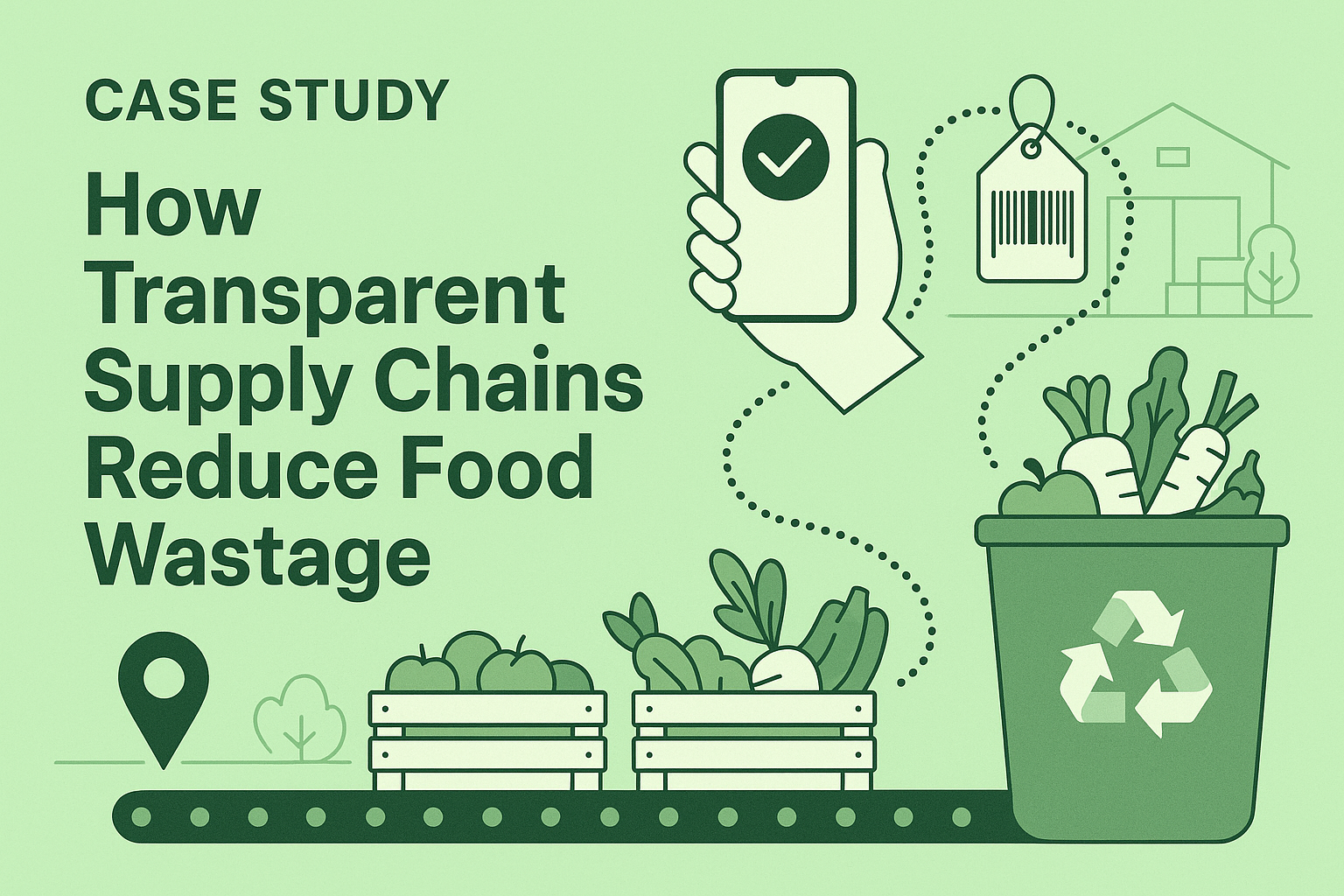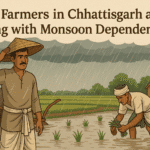Introduction
In the heart of central India lies Chhattisgarh, a state known for its green fields, rich tribal culture, and strong agricultural traditions. Here, over 70% of people depend on farming for their livelihood. But behind every crop harvested is a story—of struggle, resilience, and hope.
This blog brings you the real voices of Chhattisgarh’s farmers. From the paddy growers of Raipur to vegetable farmers in Durg, their stories reflect the reality of Indian agriculture—and the opportunities for transformation.
The Farming Landscape of Chhattisgarh
- Agriculture forms the backbone of Chhattisgarh’s economy.
- Main crops: paddy (rice), maize, pulses, oilseeds, vegetables.
- Around 80% of cultivated land is rain-fed, making farmers highly dependent on the monsoon.
- Farmers face issues like erratic rainfall, lack of cold storage, and poor market linkages, but also show incredible innovation and resilience.
Voices from the Field
1. Ramesh Sahu – The Paddy Farmer from Raipur
“For us, paddy is not just a crop, it’s life. But every year, the price keeps changing. Some seasons we get good rates, others we sell at a loss. Middlemen take most of the profit.”
Ramesh, a second-generation farmer, cultivates paddy on 3 acres of land. His main challenge is market instability. Often, he sells to middlemen at low prices because he cannot store his grains.
How Bharat Farm Connect helped:
By connecting Ramesh directly with rice millers, he now earns 15–20% more per quintal. For him, the direct market linkage isn’t just about money—it’s about dignity.
2. Sunita Bai – The Vegetable Farmer from Durg
“We grow fresh tomatoes and okra, but without cold storage, half of it rots before reaching the market. Sometimes, I sell vegetables at throwaway prices just to avoid wastage.”
Sunita represents thousands of small vegetable farmers in Chhattisgarh. Her family works hard, but post-harvest wastage reduces income drastically.
How transparency helps:
Now, with better cold storage facilities and traceability tools, Sunita ensures her produce reaches urban retailers fresh. She earns higher prices and wastes less.
3. Lal Singh – The Tribal Farmer from Bastar
“We have been growing millets and forest produce for generations. But earlier, we had no buyers beyond the weekly haat (village market). Now, people in cities are demanding organic food, and we finally get recognition.”
Lal Singh, a tribal farmer, grows millets, lac, and medicinal herbs. For years, his produce was undervalued. Today, thanks to growing awareness about organic and traditional crops, he accesses better markets through FPOs (Farmer Producer Organizations).
Impact: His millet now sells at a premium, giving him pride in his community’s heritage crops.
4. Meena Devi – The Woman Farmer from Bilaspur
“Women work equally in the fields, but our voices are rarely heard. With mobile-based apps and WhatsApp updates, I feel empowered to make decisions for my farm.”
Meena is among the rising number of women who are breaking stereotypes in farming. She manages 2 acres of pulses and vegetables and uses mobile apps for weather updates and mandi rates.
Impact: Digital tools give her confidence to bargain, plan, and adopt sustainable practices.
5. Ajay Yadav – The Progressive Farmer from Rajnandgaon
“Earlier, I depended only on monsoon. But after adopting drip irrigation and soil testing, my yields increased by 30%. Technology is the future.”
Ajay represents the new generation of progressive farmers. By adopting modern techniques like soil health cards, irrigation systems, and traceability tech, he has moved beyond subsistence to profitable farming.
Common Themes from Farmers’ Voices
- Market Instability: Unpredictable prices hurt incomes.
- Post-Harvest Losses: Lack of storage = high wastage.
- Dependence on Monsoon: Rainfall decides yield every year.
- Need for Technology: Farmers see the benefit of digital tools.
- Empowerment of Women: Women farmers want recognition and tools.
- Demand for Transparency: Both farmers and consumers value traceability.
The Bigger Picture: Why These Voices Matter
Humanizing Agriculture: Data and numbers don’t tell the full story—farmers’ voices show the real struggles.
Policy Insights: Listening to farmers highlights areas where government and private organizations should invest (storage, irrigation, training).
Consumer Trust: When urban consumers hear real farmer stories, they trust the food supply chain more.
Movement Building: Farmers’ experiences drive the need for fair, transparent systems like Bharat Farm Connect.
Opportunities for Transformation in Chhattisgarh
- Expand cold storage & supply chains to cut wastage.
- Promote direct market linkages to remove middlemen.
- Encourage organic & millet farming, leveraging GI tags.
- Adopt digital tools for price discovery and weather alerts.
- Empower women farmers through training and financial access.
Conclusion
The voices of Chhattisgarh’s farmers remind us that agriculture is not just about crops—it’s about people, families, and communities. From Ramesh’s struggle with paddy pricing to Meena’s empowerment through mobile apps, each story shows that change is possible when farmers get the right tools, fair markets, and recognition.
At Bharat Farm Connect, we believe these voices should guide our work. By creating transparent, sustainable, and farmer-first systems, we can turn challenges into opportunities and ensure that the farmers of Chhattisgarh—and across India—thrive with dignity and prosperity.






